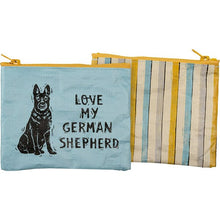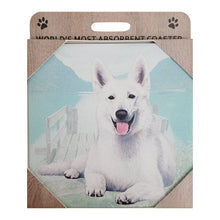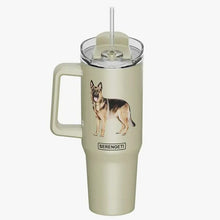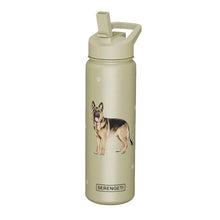The Importance Of Regular Exercise For Your Dog's Well-being
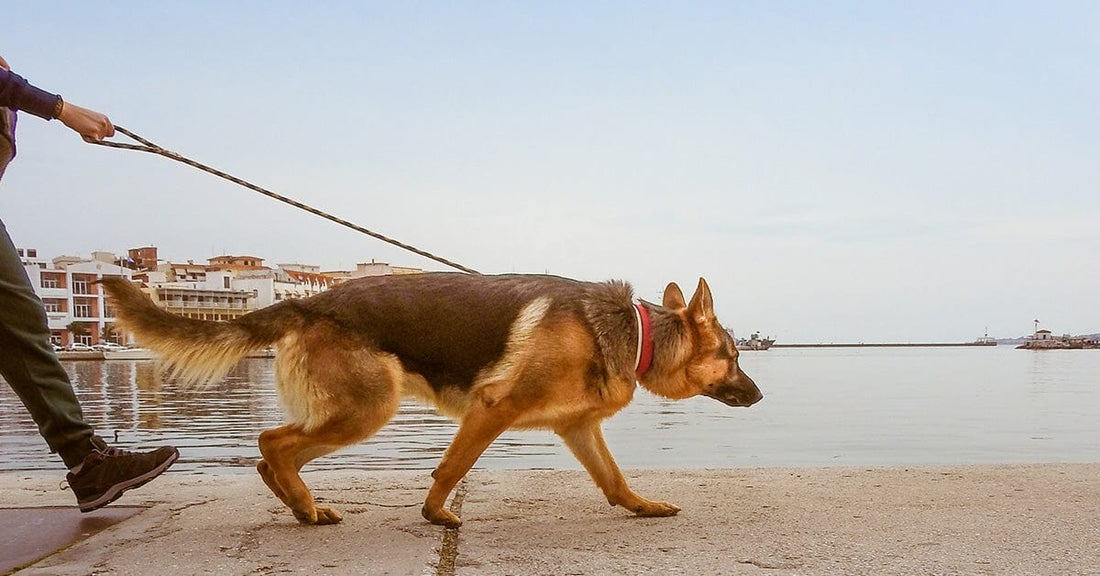
As a pet owner, you want your furry friend to be healthy and happy. One of the best ways to ensure your dog's well-being is by providing them with regular exercise. Regular exercise can have a multitude of benefits for your dog, both physically and mentally. In this article, we will explore the importance of regular exercise for your dog's well-being and provide some tips on how to incorporate exercise into your dog's daily routine.
Physical Benefits of Regular Exercise for Dogs
Helps Maintain a Healthy Weight
Regular exercise can help your dog maintain a healthy weight. Dogs that are overweight are at a higher risk for health problems such as joint pain, heart disease, and diabetes. By providing your dog with regular exercise, you can help them stay at a healthy weight and reduce their risk of these health problems.

Increases Cardiovascular Health
Just like humans, regular exercise can help improve your dog's cardiovascular health. Exercise strengthens the heart and lungs, which can lead to better circulation and improved endurance.
Improves Muscle Strength and Flexibility
Regular exercise can help improve your dog's muscle strength and flexibility. Activities such as running, playing fetch, and going for walks can help build and tone muscles while stretching exercises can help improve flexibility and reduce the risk of injury.
Promotes Healthy Digestion
Exercise can help promote healthy digestion in your dog. Physical activity can stimulate bowel movements and help regulate the digestive system.

Mental Benefits of Regular Exercise for Dogs
Reduces Stress and Anxiety
Regular exercise can help reduce stress and anxiety in dogs. Exercise releases endorphins, which can help improve mood and reduce feelings of anxiety. In addition, physical activity can help dogs release pent-up energy, reducing the risk of destructive behavior caused by stress.
Provides Mental Stimulation
Exercise can provide mental stimulation for your dog. Activities such as playing fetch, going for walks, and exploring new environments can help keep your dog's mind active and engaged.
Builds Confidence and Improves Socialization
Regular exercise can help build your dog's confidence and improve their socialization skills. By introducing your dog to new people and environments, you can help them feel more comfortable and confident in different situations. In addition, activities such as dog parks and group walks can help improve your dog's socialization skills and reduce the risk of aggressive behavior toward other dogs.

Tips for Incorporating Regular Exercise into Your Dog's Daily Routine
Start Slowly
If your dog is not used to regular exercise, it's important to start slowly and gradually increase the intensity and duration of physical activity. This can help prevent injury and ensure that your dog does not become overwhelmed or fatigued.
Consider Your Dog's Age and Health
When planning your dog's exercise routine, it's important to consider their age and health. Older dogs and dogs with health problems may not be able to handle the same level of exercise as younger, healthy dogs. Consult with your veterinarian to determine an appropriate exercise routine for your dog.
Mix Up Your Activities
Mixing up your activities can help keep your dog engaged and interested in exercise. Try a variety of activities such as walking, running, playing fetch, and swimming to keep your dog's physical and mental health in top shape.

Make Exercise Fun
Make exercise a fun and enjoyable experience for your dog. Incorporate treats, toys, and positive reinforcement to keep your dog motivated and excited about physical activity.
Follow a Routine
Establishing a routine can help make exercise a regular part of your dog's daily life. Try to exercise your dog at the same time every day to establish a consistent routine. This can also help your dog anticipate exercise and reduce anxiety caused by uncertainty.
Set Realistic Goals
Setting realistic goals for your dog's exercise routine can help you monitor progress and stay motivated. Goals can include increasing the duration or intensity of physical activity or reaching a certain weight or fitness level. However, it's important to set realistic goals that are achievable for your dog's age and health.

Pay Attention to Weather Conditions
Weather conditions can impact your dog's ability to exercise. Extreme temperatures, such as heat waves or cold snaps, can make it difficult for dogs to exercise comfortably and safely. In addition, snow and ice can be hazardous for dogs to walk or run on. It's important to monitor weather conditions and adjust your dog's exercise routine accordingly.
Consider Your Dog's Breed
Different dog breeds have different exercise needs. For example, working breeds such as Border Collies and German Shepherds require more exercise than toy breeds such as Chihuahuas and Pomeranians. It's important to consider your dog's breed when planning their exercise routine and adjust accordingly.
Take Breaks as Needed
It's important to take breaks as needed during exercise to prevent exhaustion and injury. Provide your dog with water breaks and rest periods during physical activity. Monitor your dog's behavior for signs of fatigue or distress and adjust their exercise routine as needed.

Exercise with Your Dog
Exercising with your dog can provide a fun and bonding experience for both you and your furry friend. Activities such as hiking, running, and swimming can be enjoyable for both you and your dog. In addition, exercising with your dog can help motivate you to stay active and lead a healthier lifestyle.
In conclusion, regular exercise is essential for your dog's well-being. Physical and mental exercise can provide numerous benefits, including maintaining a healthy weight, improving cardiovascular health, reducing stress and anxiety, and improving socialization skills. By incorporating regular exercise into your dog's daily routine and following these tips, you can help your furry friend lead a happy and healthy life.
We hope that you found this article helpful. As always, please feel free to share with your friends.
You may also like: 15 Fun Spring Activities For You And Your German Shepherd













